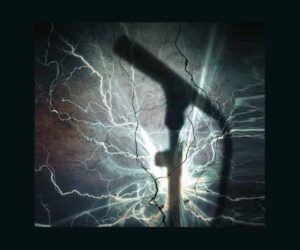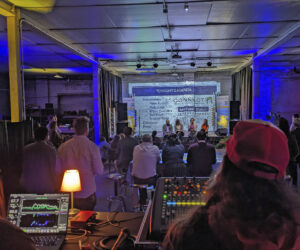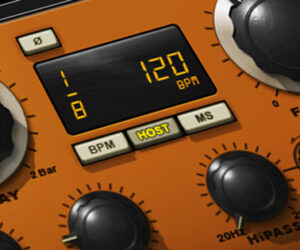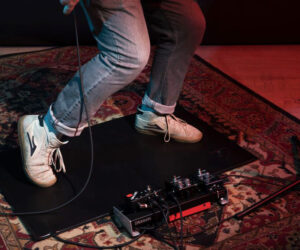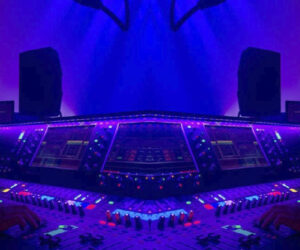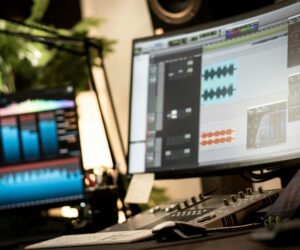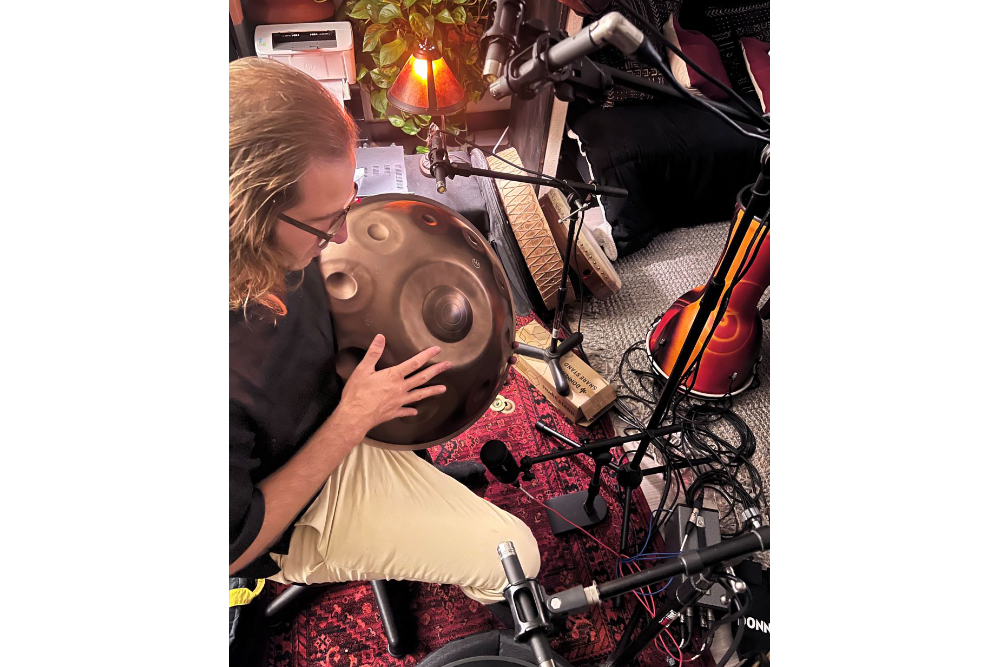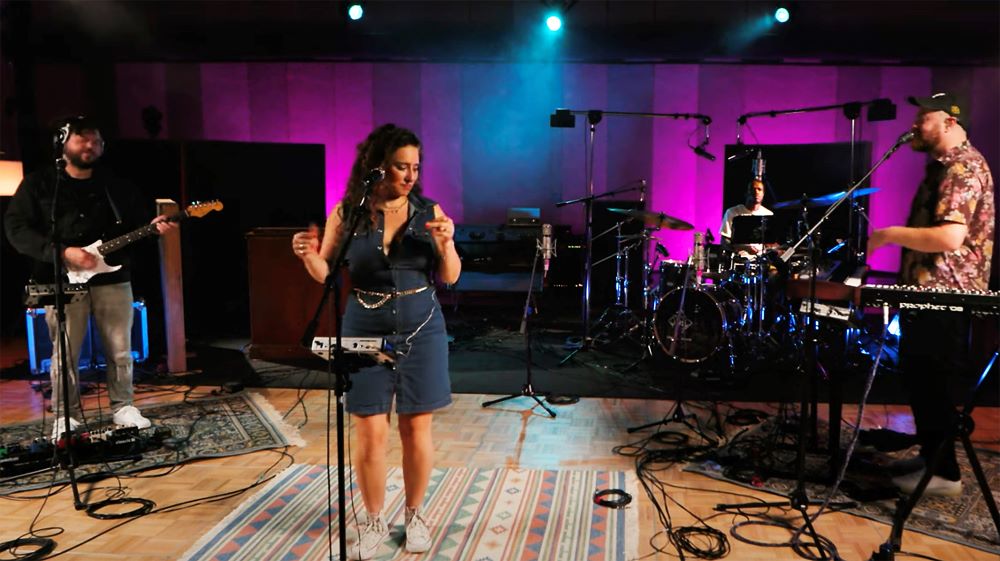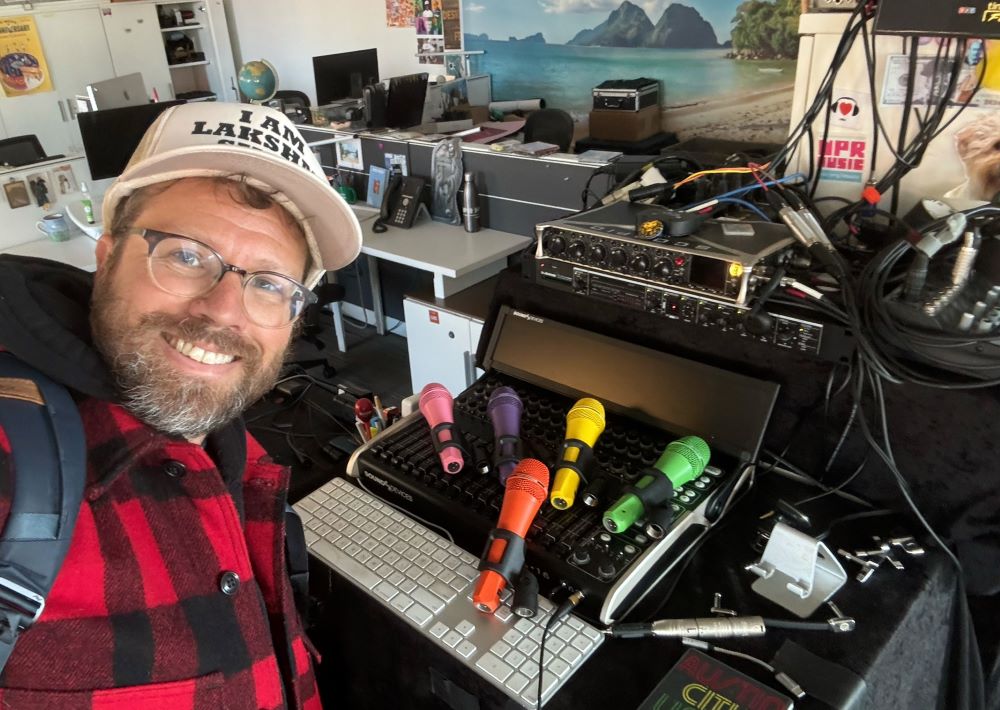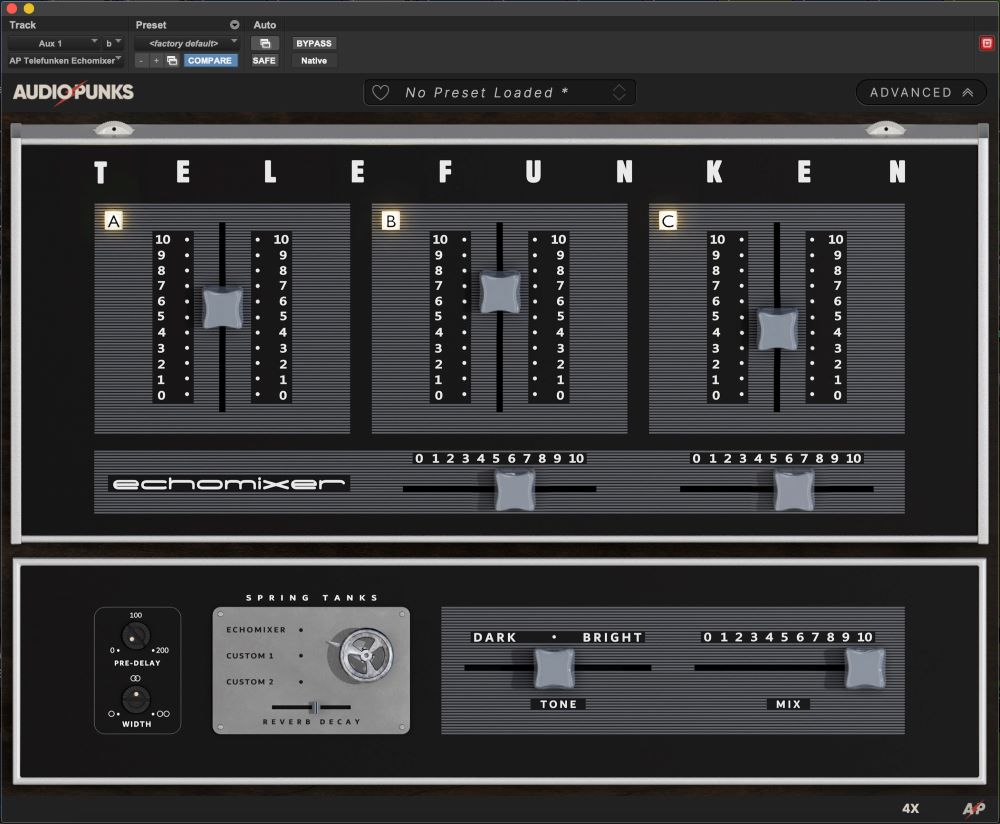There are about as many ways to mike an electric guitar amp cabinet as there are opinions on which music is the best, but there’s one that’s always been my favorite. The reason is that it provides a lot of versatility in sounds, something that we’re always looking for especially when guitars tracks are stacked.
I’m not sure who taught me this technique but it was something that I saw used a lot when I first came to Los Angeles. It’s pretty easy, but it does depend on specific mics, at least in its original form. Here’s what to do:
1. Place the Shure SM57 slightly off the voice coil and then add a Sennheiser MD 421 at the same position to the right of the 57, at a 45-degree angle pointing toward the voice coil.
2. A surprising variety of sounds can be achieved from this setup by using one mic or the other, summing them both at different levels, or by flipping the phase on one of them.
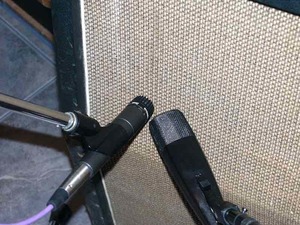
4. Some engineers add a 3rd mic about 6 feet back from the cabinet to add some room and to capture some of the low frequencies that develop away from the speaker. Usually this is a large diaphragm condenser. If the room doesn’t sound particularly good or is too reflective this might not work well though.
Obviously there are dozens of techniques, but that little 45-degree angle from a second mic can add more than you think from the variety of just a couple of mics.
You can read more from The Recording Engineer’s Handbook and my other books on the excerpt section of bobbyowsinski.com.




